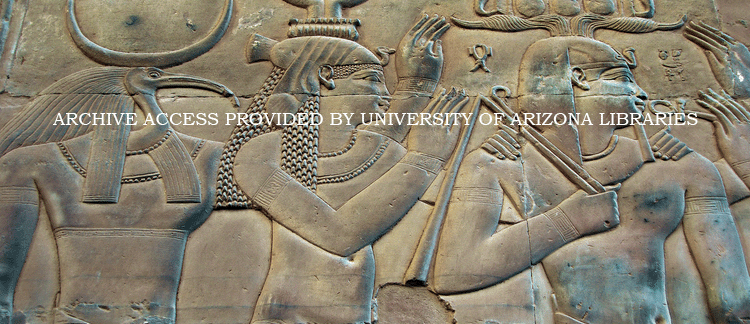Abstract
The Hagia Triada Sarcophagus, a painted limestone larnax, has been an enigma in the Minoan artistic canon since the time of its discovery in 1903. It is the only larnax found to date made of limestone, and the only one to contain a series of narrative scenes of Minoan funerary rituals. Conversely, most contemporaneous Aegean larnake are decorated with randomly arranged abstract designs and figures. The late twentieth century re-excavations at the site of its discovery have, at last, allowed scholars to assign a tentative date (1370-1320 BC) to the sarcophagus. This period coincides with the late Eighteenth Dynasty in Egypt, a time when interconnections between Crete and Egypt were extensive. This development now permits a reexamination of the artistic and technical elements on the Hagia Triada Sarcophagus that seem closely related to the Egyptian techniques used to decorate temples and tombs since the third millennium BC.
How to Cite
Martino, P. L., (2012) “Egyptian Ideas, Minoan Rituals: Evidence of the Interconnections between Crete and Egypt in the Bronze Age on the Hagia Triada Sarcophagus”, Journal of Ancient Egyptian Interconnections 4(1), 31-50. doi: https://doi.org/10.2458/azu_jaei_v04i1_martino
3721
Views
1354
Downloads
